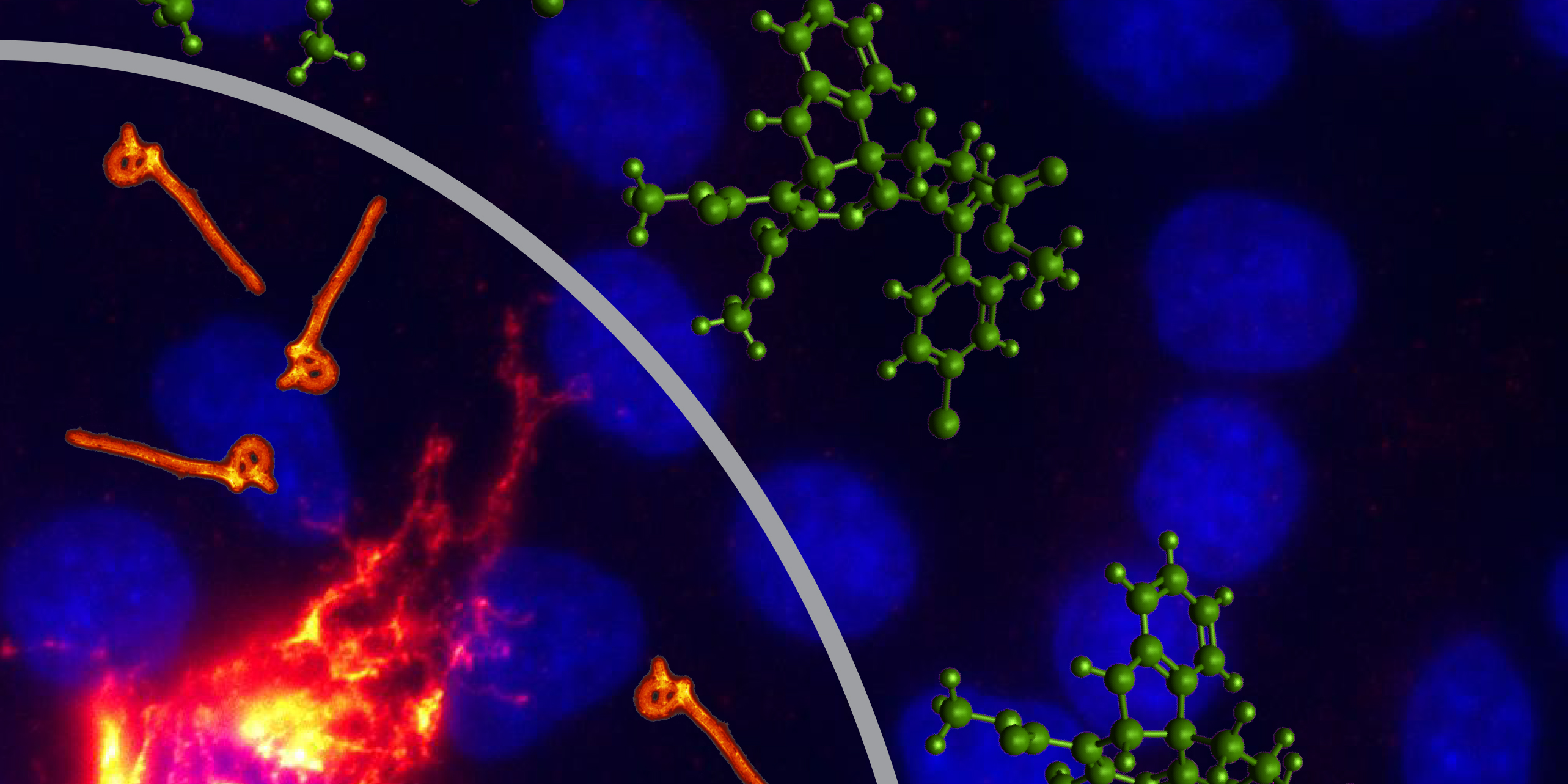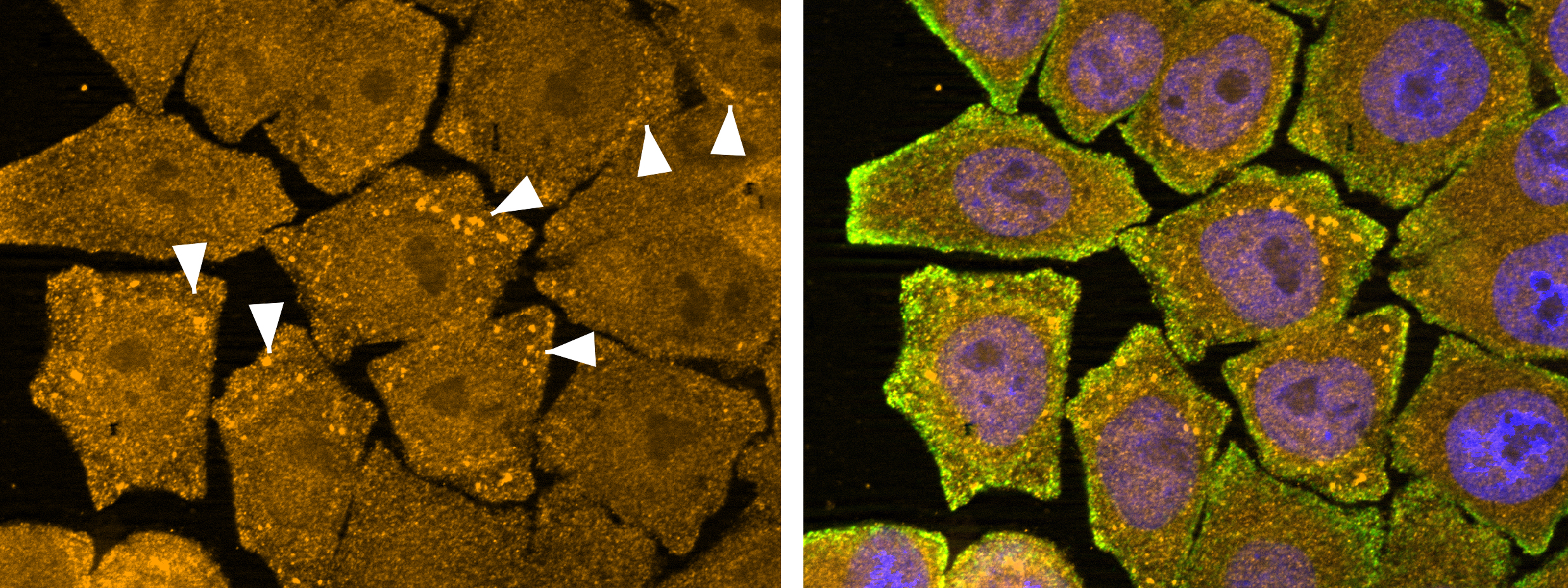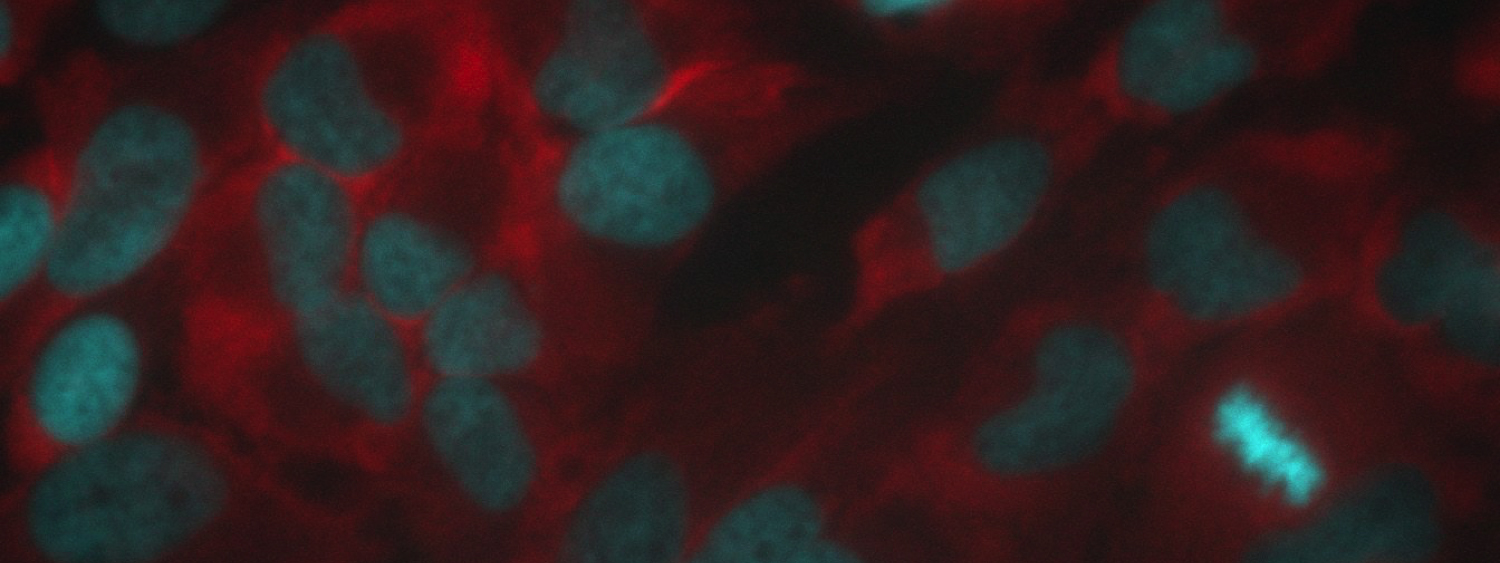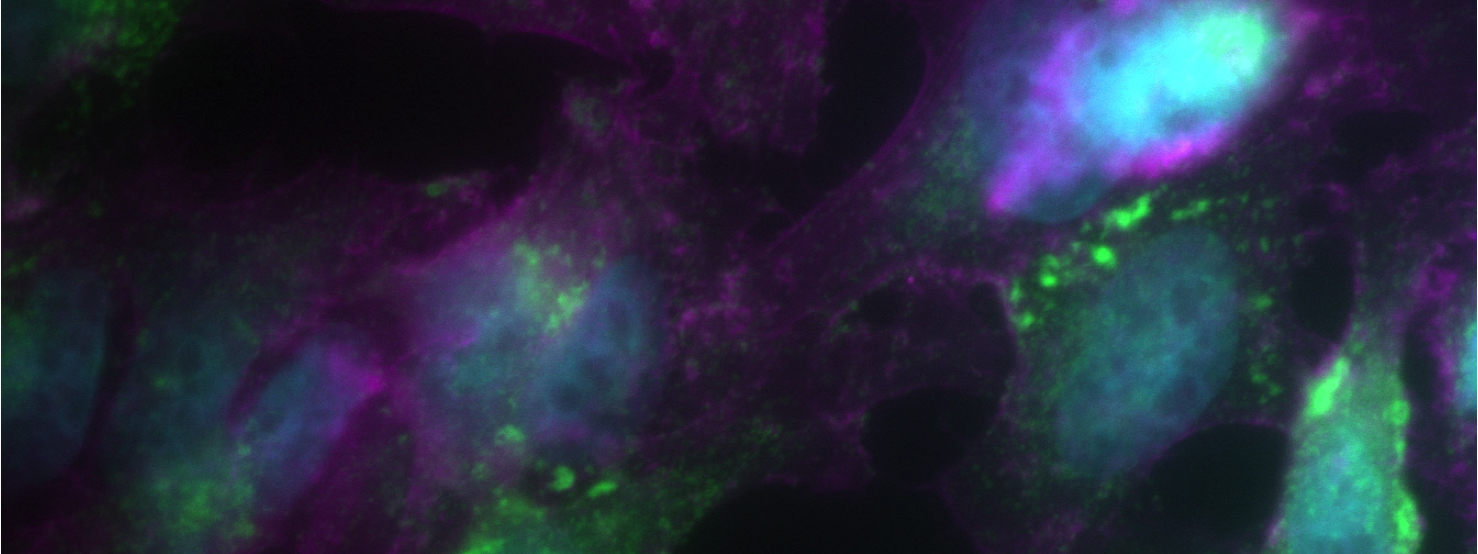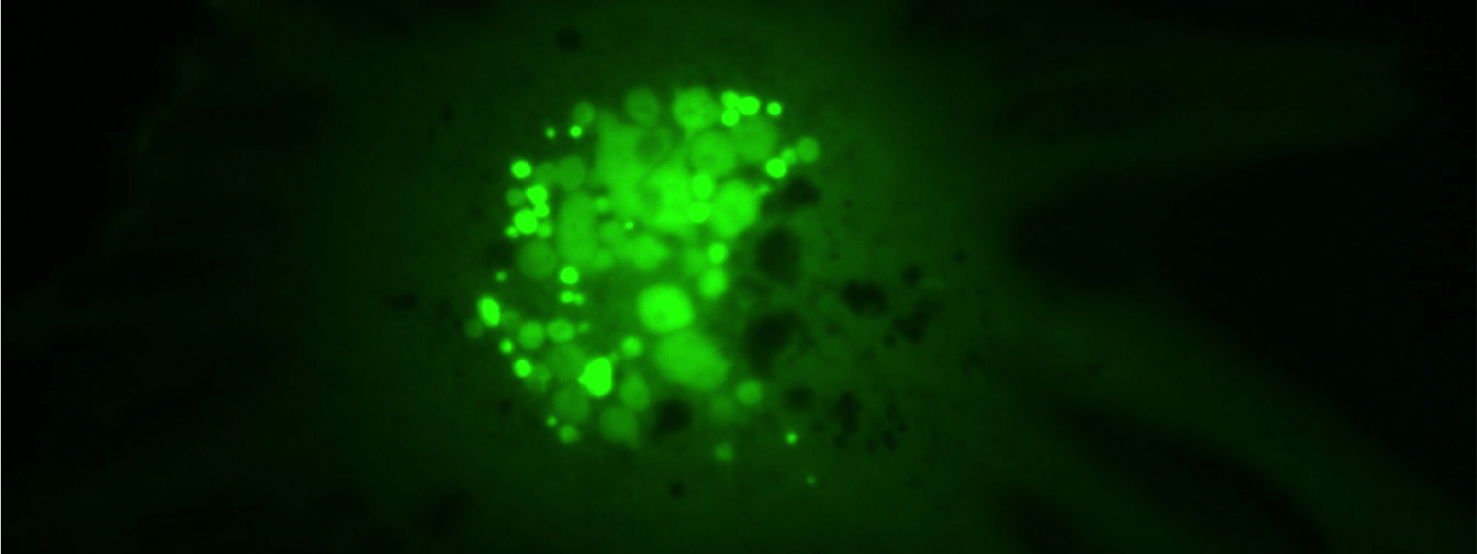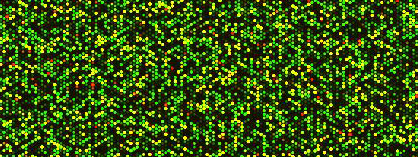Connor Lab
My laboratory studies viruses and how they dominate their hosts. Viruses are parasites, incapable of reproducing on their own. Thus, to make copies of themselves they have to co-opt host functions, ranging from protein synthesis to DNA or RNA synthesis. Understandably, the infected host is not at all happy about viral infection and has evolved a dense array of tactics to sense and stop virus replication. Viruses constantly evolve to evade these defenses. This situation sets up a constant battle between the invader (the virus) and the defender (the host). We know that this battle is joined in every viral infection, but since we still get sick, our immune systems are clearly being beaten. Therefore, we need a greater understanding of how viruses overwhelm or disarm the host defenses so that we can develop new antiviral molecules and vaccines that will effectively augment antiviral defenses. To obtain a picture of how the virus-host interaction works and to identify how we can tip the balance in favor of the host, we ask two basic questions:
1) How do viruses hijack the cells that they infect?
2) How do cells defend themselves against viral infection?
To ask these questions we apply molecular biology, microscopy, biochemistry, genetic, high throughput screening and systems biology approaches.
Determining how viruses inactivate cellular signaling networks to both promote their replication and short-circuit the host response
Read MoreDetermining the response of the circulating immune system to infection by hemorrhagic fever viruses such as Ebola, Marburg and Lassa fever viruses
Read MoreIdentifying host responses that block virus infection
Read More